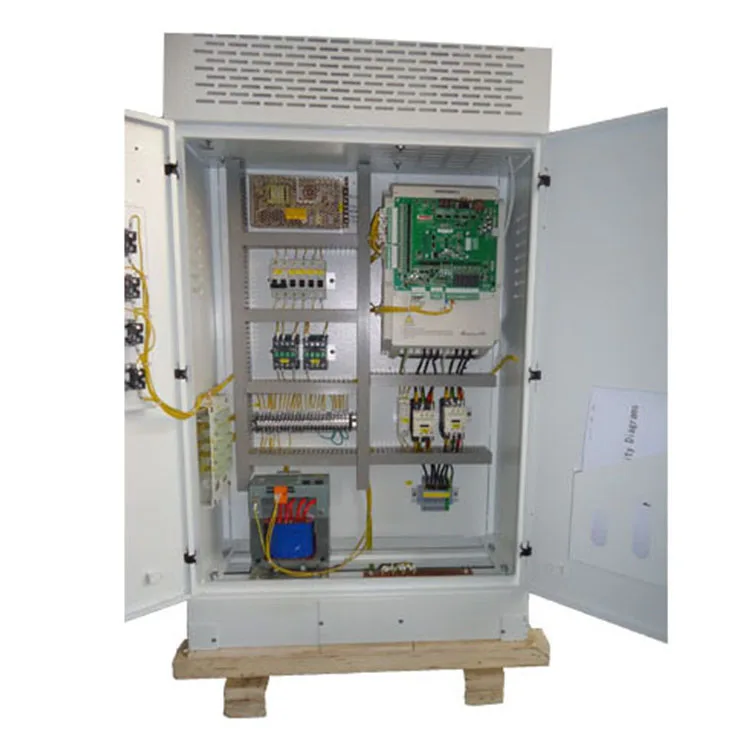

Construction for Peter Cooper's Cooper Union Foundation building in New York began in 1853. The first elevator shaft preceded the first elevator by four years. Counterweights and balances were also used to increase lifting power.Įlisha Otis's elevator patent drawing, 15 January 1861 A water pump supplied a variable level of water pressure to a plunger encased inside a vertical cylinder, allowing the platform, carrying a heavy load, to be raised and lowered. They quickly supplanted the earlier steam-driven elevators, exploiting Pascal's law to provide much greater force. The hydraulic crane was invented by Sir William Armstrong in 1846, primarily for use at the Tyneside docks for loading cargo. A safety system was designed to take effect if the cords broke, consisting of a beam pushed outwards by a steel spring. Traction was controlled by a motor mechanic utilizing a system of toothed wheels. It included a light, two benches, and a hand-operated signal, and could be activated from the outside, without any effort by the occupants. In 1845, Neapolitan architect Gaetano Genovese installed in the Royal Palace of Caserta the "Flying Chair", an elevator ahead of its time, covered with chestnut wood outside and with maple wood inside. It was belt-driven and used a counterweight for extra power. In 1835, an innovative elevator, the Teagle, was developed by the company Frost and Stutt in England. Įarly, crude steam-driven elevators were refined in the ensuing decade. In 1823, Burton and Homer, two architects in London, built and operated a novel tourist attraction which they called the "ascending room", which elevated customers to a considerable height in the center of London, providing a panoramic view.

These devices were soon applied to a diverse set of purposes. Starting in coal mines, elevators in the mid-19th century operated with steam power, and were used for moving goods in bulk in mines and factories. The technology developed by these industries, and the introduction of steel beam construction, worked together to provide the passenger and freight elevators in use today. The development of elevators was led by the need for movement of raw materials, including coal and lumber, from hillsides. Several years later, another of Kulibin's elevators was installed in the Arkhangelskoye near Moscow. The first screw-drive elevator was built by Ivan Kulibin and installed in the Winter Palace in 1793, although there may have been an earlier design by Leonardo da Vinci. The invention of a system based on the screw drive was perhaps the most important step in elevator technology since ancient times, leading to the creation of modern passenger elevators. Īncient and medieval elevators used drive systems based on hoists and windlasses. Louis XV of France had a so-called 'flying chair' built for one of his mistresses at the Château de Versailles in 1743.

In the 17th century, prototypes of elevators were installed in the palace buildings of England and France. In 1000, the Book of Secrets by Ibn Khalaf al-Muradi in Islamic Spain described the use of an elevator-like lifting device to raise a large battering ram to destroy a fortress. Each elevator could carry about 600 pounds (270 kg) (roughly the weight of two lions) 23 feet (7.0 m) up when powered by up to eight men. The Roman Colosseum, completed in AD 80, had roughly 25 elevators that were used for raising animals up to the floor. Sources from later periods mention elevators as cabs on a hemp rope, powered by people or animals. 212 BC) built his first elevator probably in 236 BC. The earliest known reference to an elevator is in the works of the Roman architect Vitruvius, who reported that Archimedes ( c. Įlevator design by the German engineer Konrad Kyeser (1405) Some elevators can also travel horizontally in addition to the usual vertical motion. High-speed elevators are elevators that move faster than regular elevators and are common in skyscrapers and towers. Due to wheelchair access laws, elevators are often a legal requirement in new multistory buildings, especially where wheelchair ramps are not possible. Languages other than English, such as Japanese, may refer to elevators by loanwords based on either elevator or lift. Several types exist, such as the chain and bucket elevator, grain auger screw conveyor using the principle of Archimedes' screw, or the chain and paddles or forks of hay elevators. In agriculture and manufacturing, an elevator is any type of conveyor device used to lift materials in a continuous stream into bins or silos. They are typically powered by electric motors that drive traction cables and counterweight systems such as a hoist, although some pump hydraulic fluid to raise a cylindrical piston like a jack. An elevator or lift is a machine that vertically transports people or freight between levels.


 0 kommentar(er)
0 kommentar(er)
